Home / Albums / Tag Place:Middle East 42

 Rabab
Rabab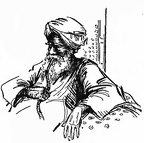 Bedouin smoking with hookah
Bedouin smoking with hookah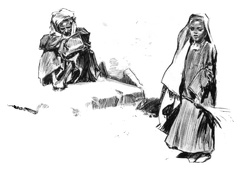 At Philæ
At Philæ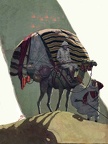 Camel
Camel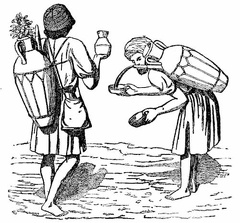 Hemalees
Hemalees Interior of a Mosque
Interior of a Mosque Fellah Women
Fellah Women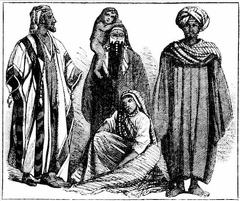 Fellaheen
Fellaheen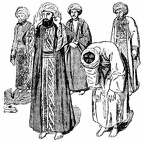 Postures of Prayer (Part I.)
Postures of Prayer (Part I.)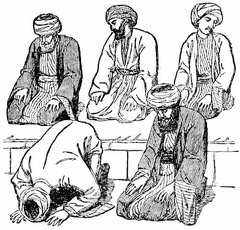 Postures of Prayer (Part II.)
Postures of Prayer (Part II.) Men of the Middle and Higher Classes
Men of the Middle and Higher Classes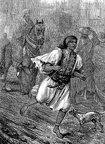 The Syce on duty
The Syce on duty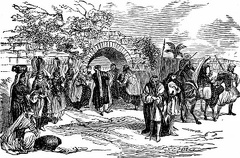 The Well or Fountain at Nazareth
The Well or Fountain at Nazareth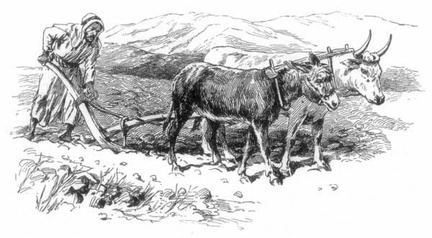 Ploughing in Syria
Ploughing in Syria Modern Jewish Rams Horn
Modern Jewish Rams Horn The rebab
The rebab Persian dulcimer
Persian dulcimer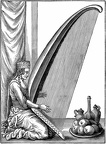 Turkish harp
Turkish harp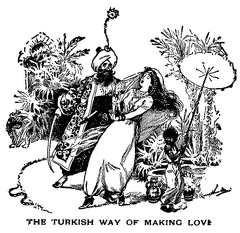 The Turkish way of making love
The Turkish way of making love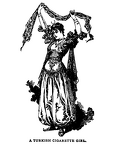 A Turkish cigarette girl
A Turkish cigarette girl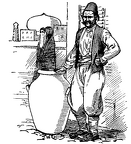 A Turk
A Turk The approach to Constantinople
The approach to Constantinople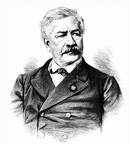 Ferdinand de Lesseps
Ferdinand de Lesseps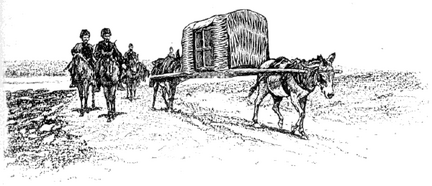 The conveyance of a Persian official traveling in disgrace to Teheran at the call of the shah
The conveyance of a Persian official traveling in disgrace to Teheran at the call of the shah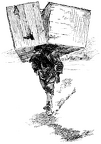 A Turkish Hamaal, or carrier
A Turkish Hamaal, or carrier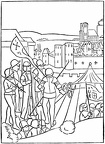 View of Jerusalem
View of Jerusalem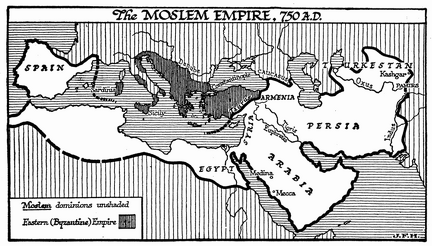 The Moslem Empire
The Moslem Empire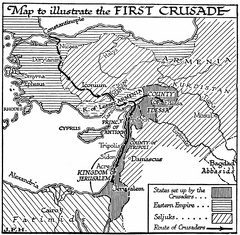 The First Crusade
The First Crusade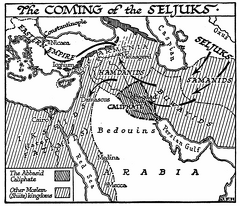 The Coming of the Seljuks
The Coming of the Seljuks Asia Minor, Syria, and Mesopotamia
Asia Minor, Syria, and Mesopotamia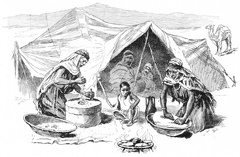 An Arab Bakery
An Arab Bakery Egyptian 'Shadoof'
Egyptian 'Shadoof'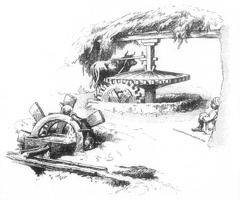 Egyptian 'Sakiyeh'
Egyptian 'Sakiyeh'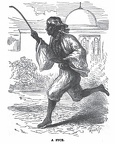 A Syce
A Syce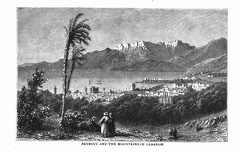 Beyrout and the Mountains of Lebanon
Beyrout and the Mountains of Lebanon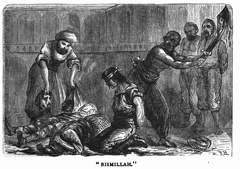 Bismillah
Bismillah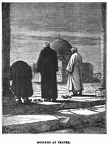 Moslems at Prayer
Moslems at Prayer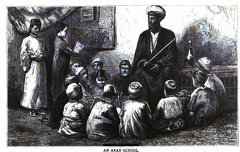 An Arab School
An Arab School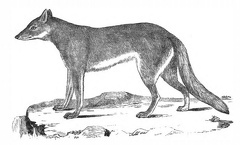 Syrian wolf
Syrian wolf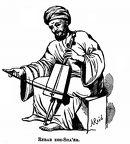 Rebab Esh-Sha'er
Rebab Esh-Sha'er sixth to fifth centuries B.C.
sixth to fifth centuries B.C. Temple of Jupiter Ammon
Temple of Jupiter Ammon



